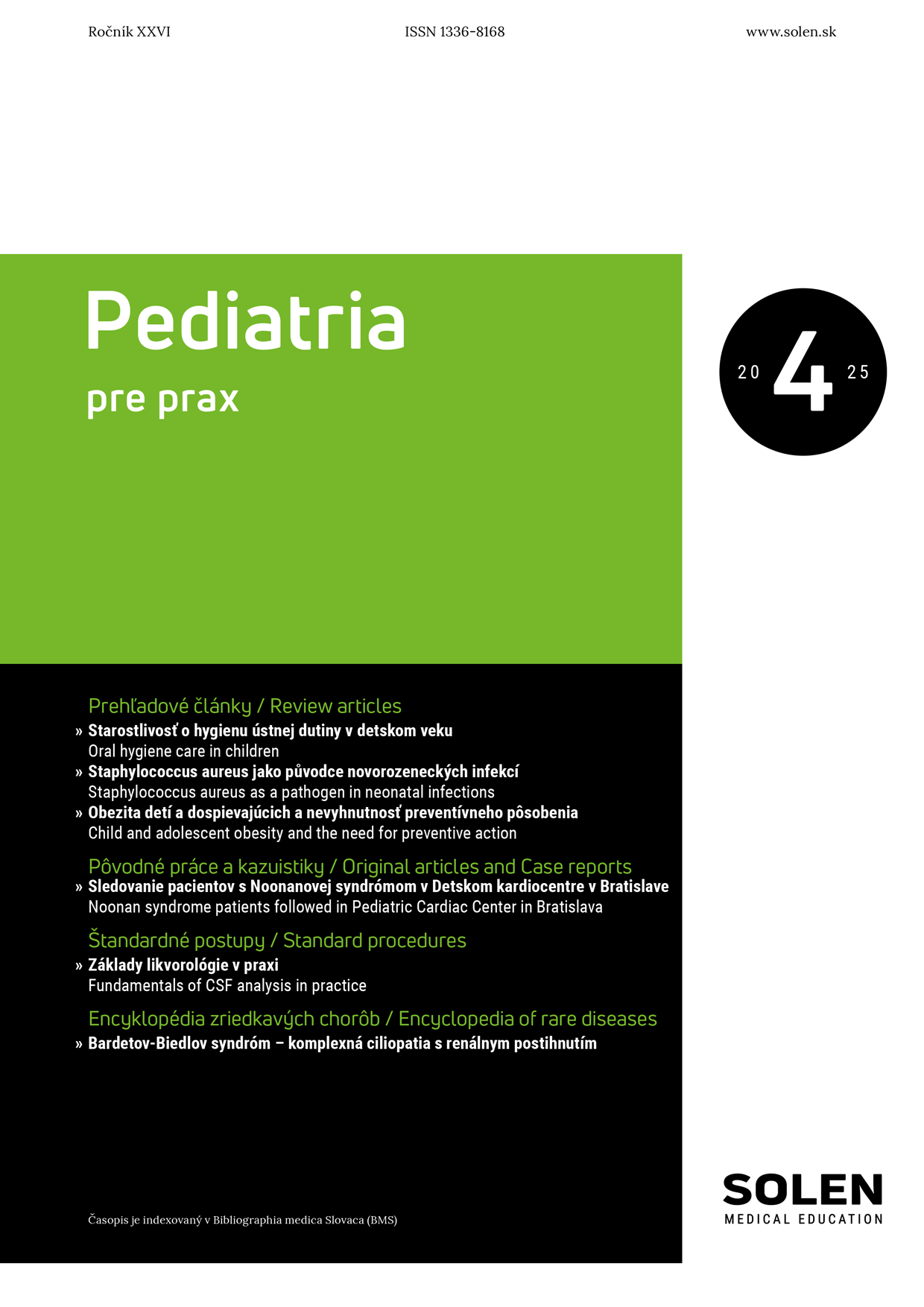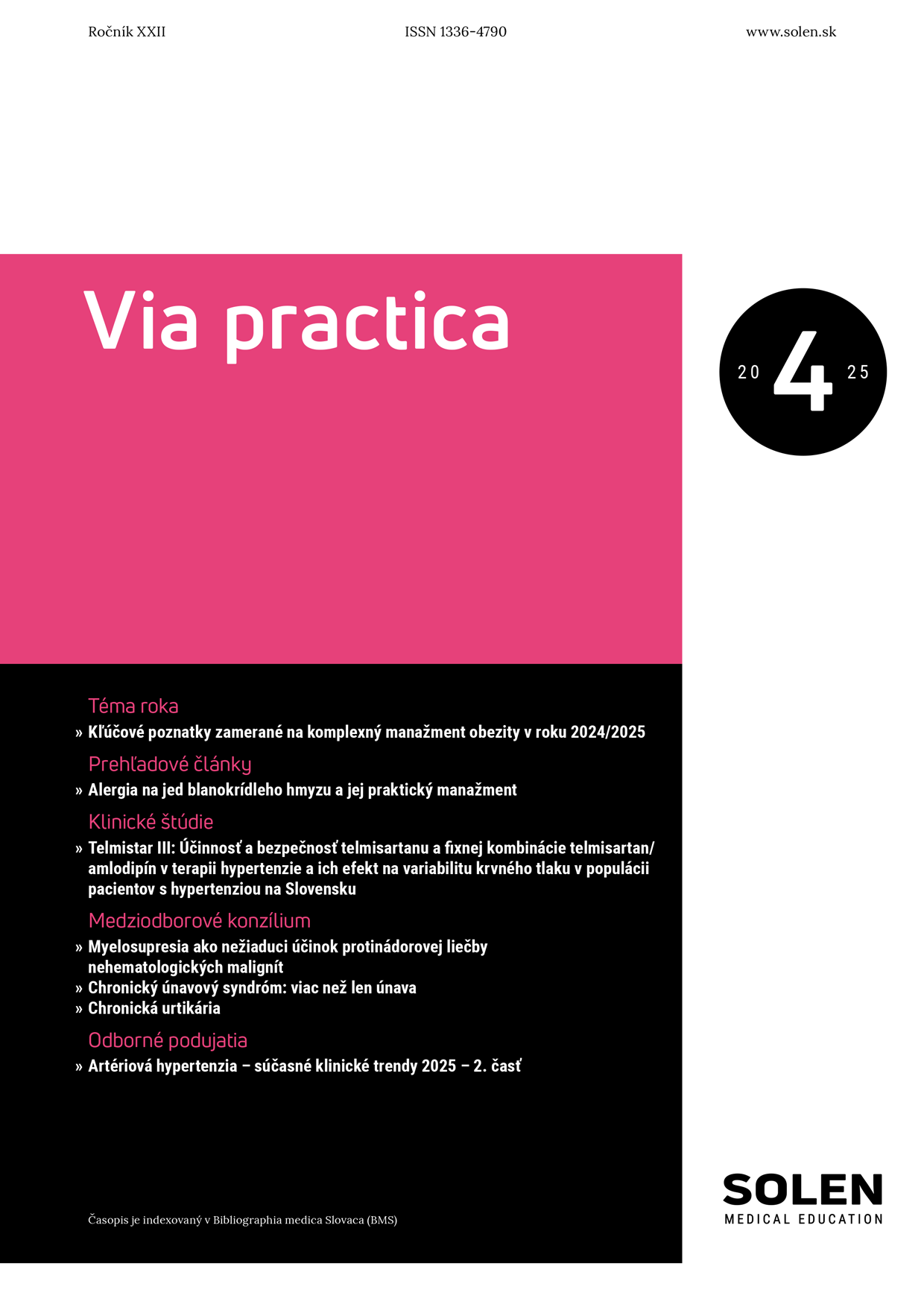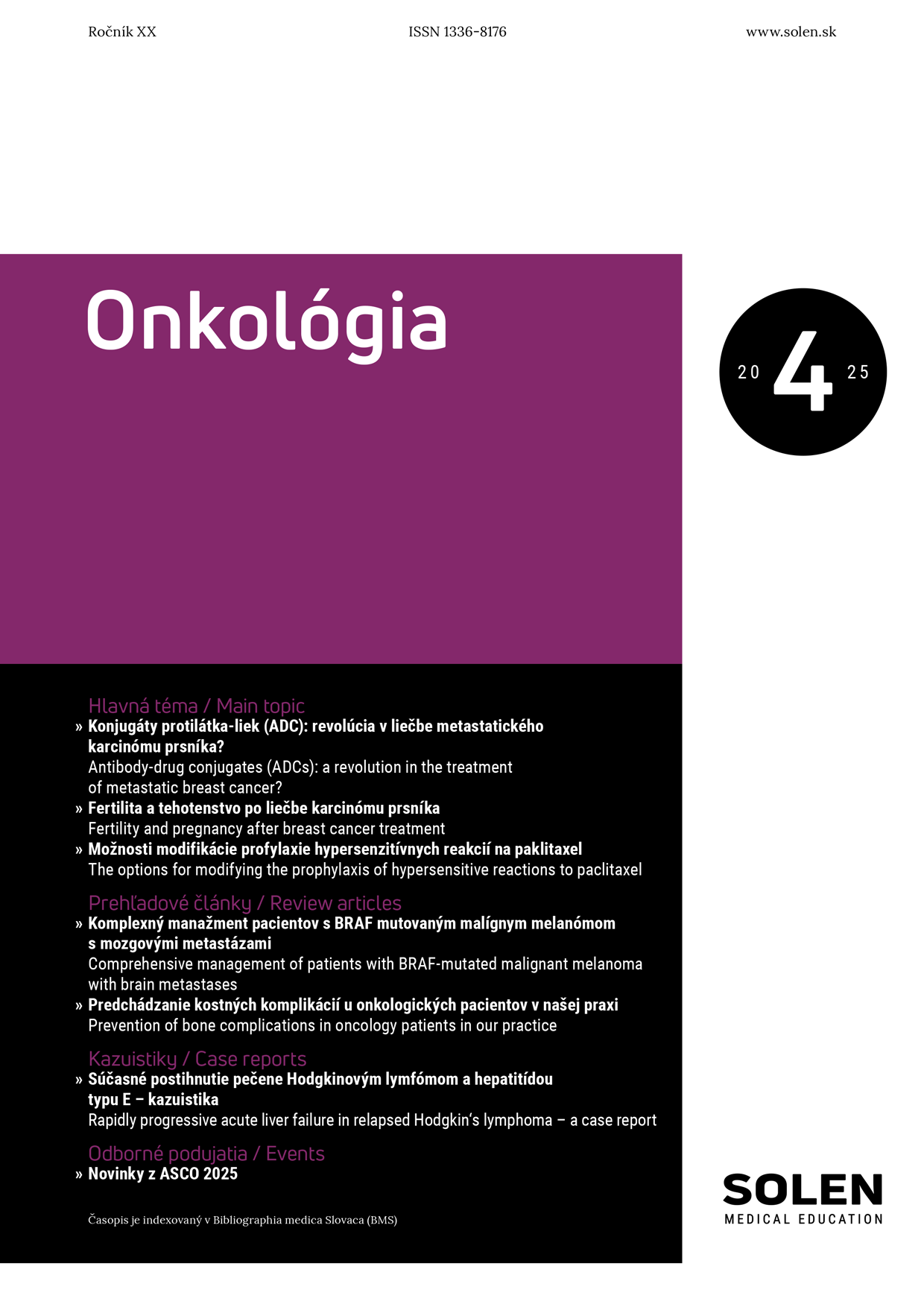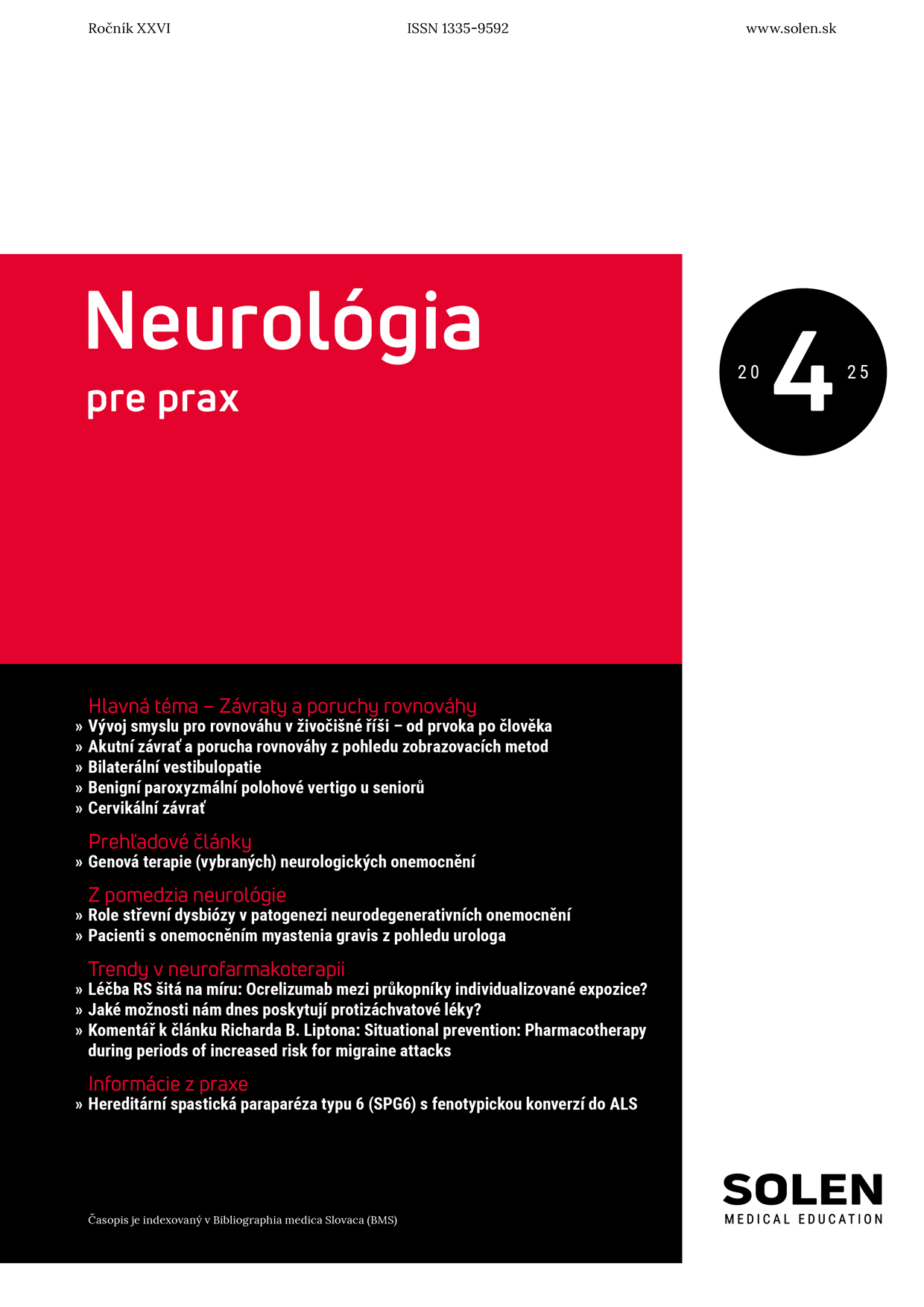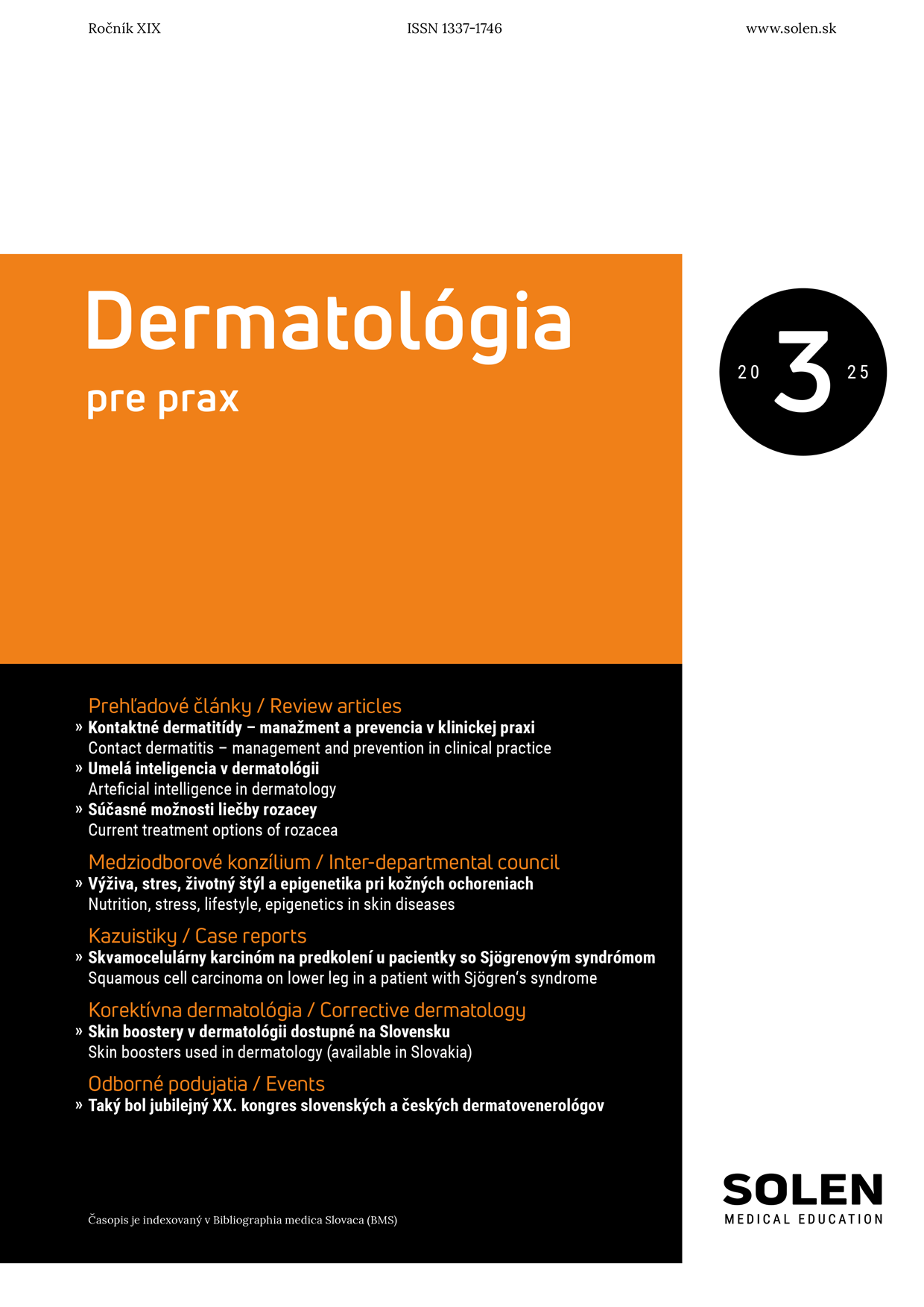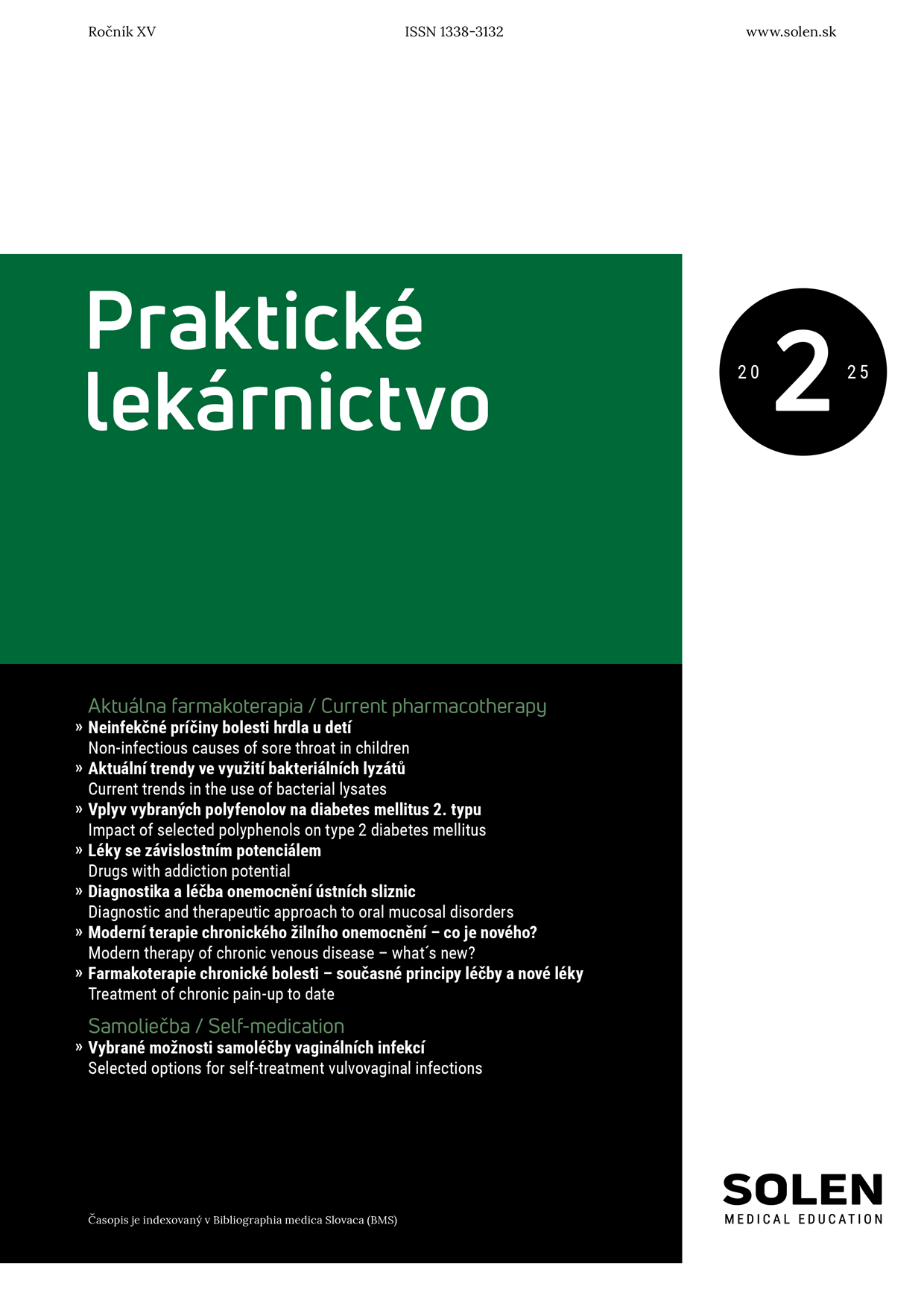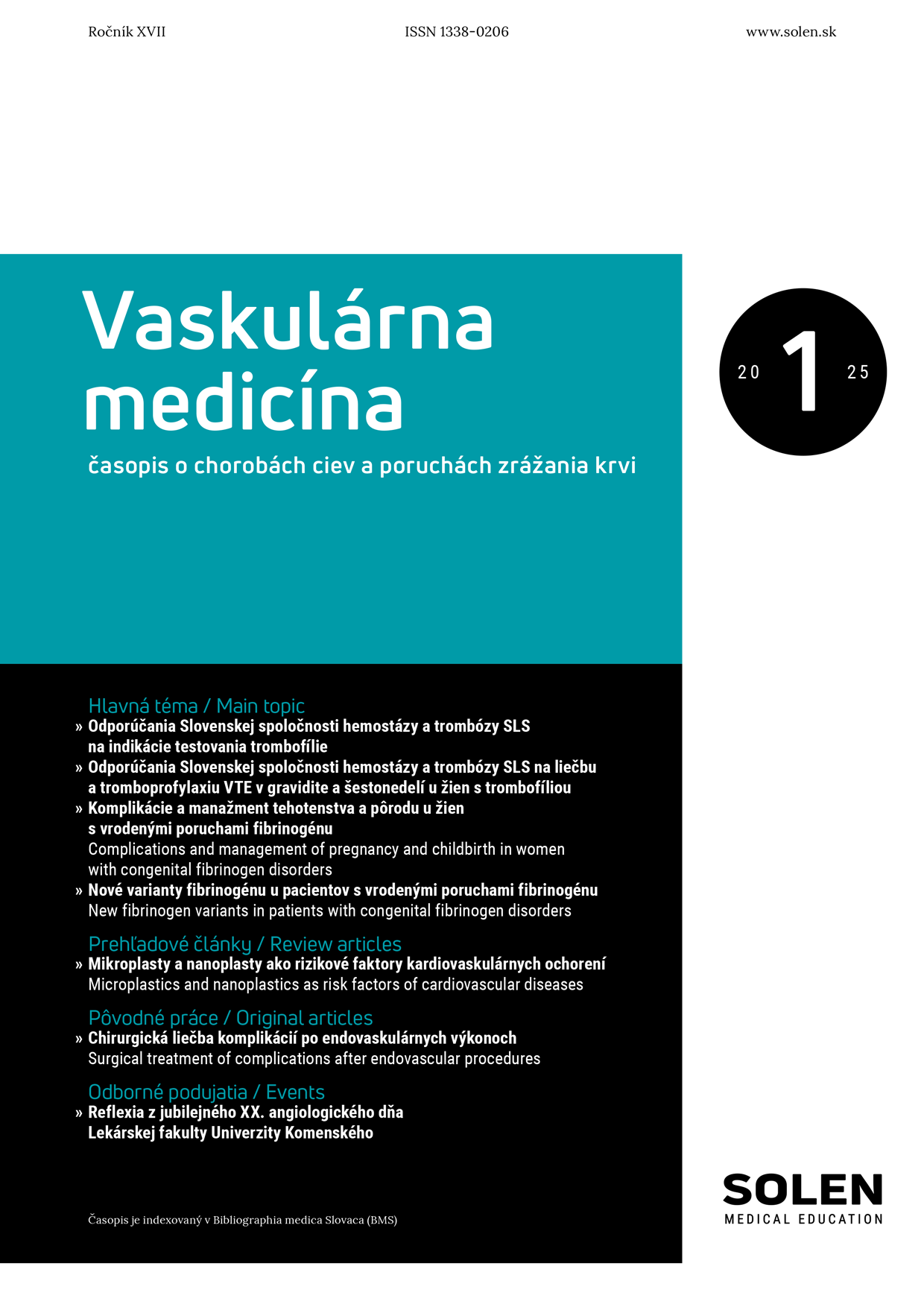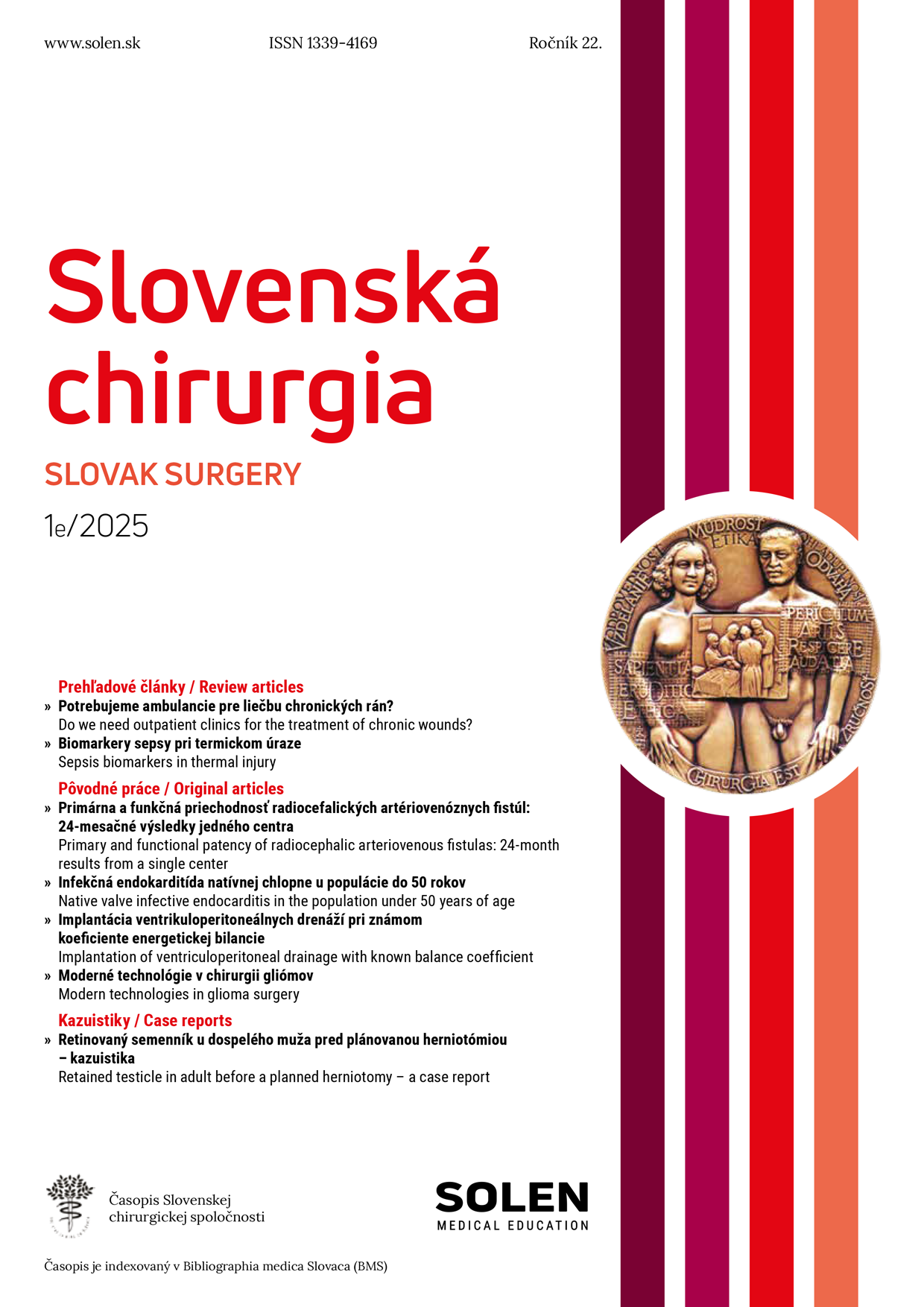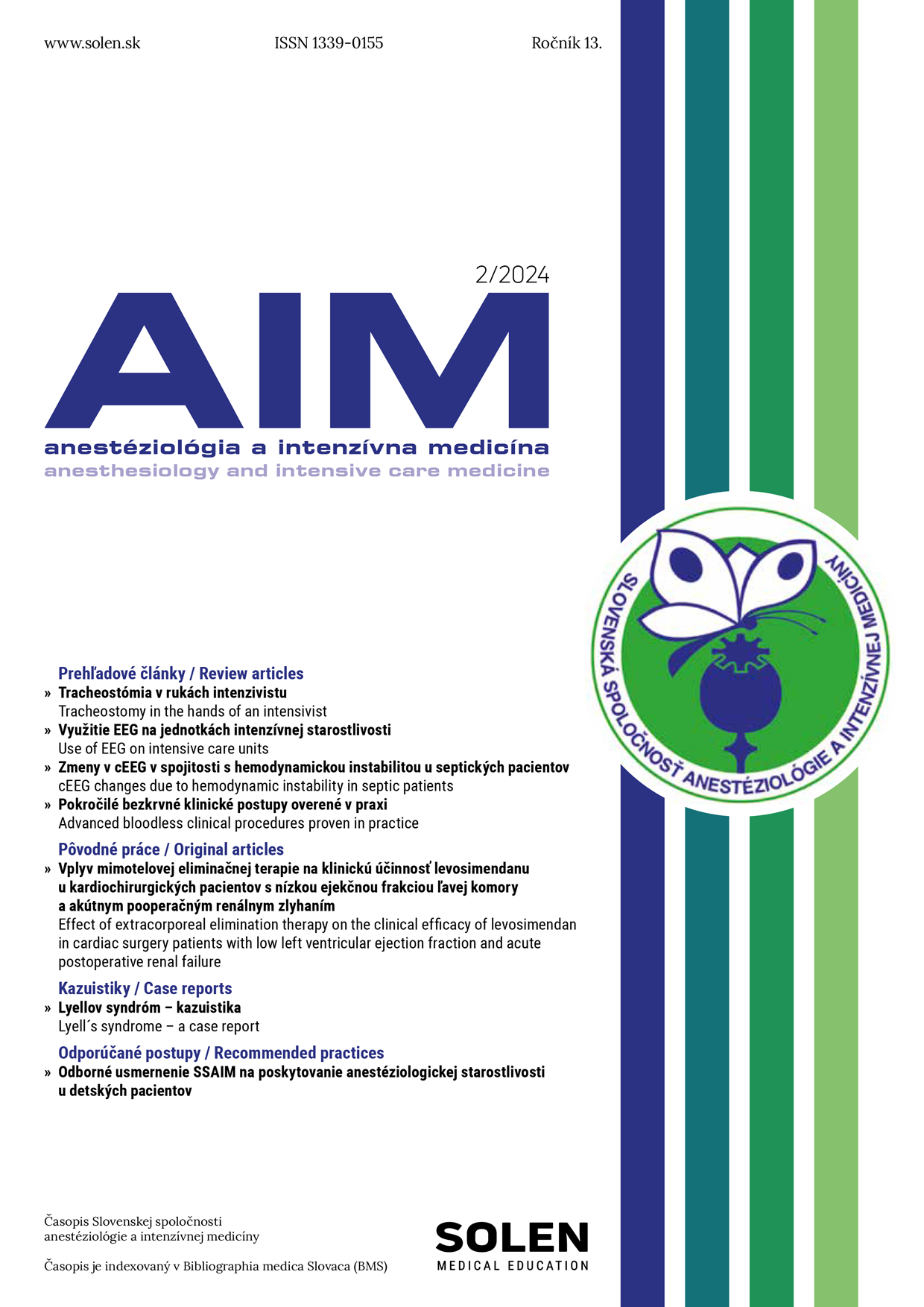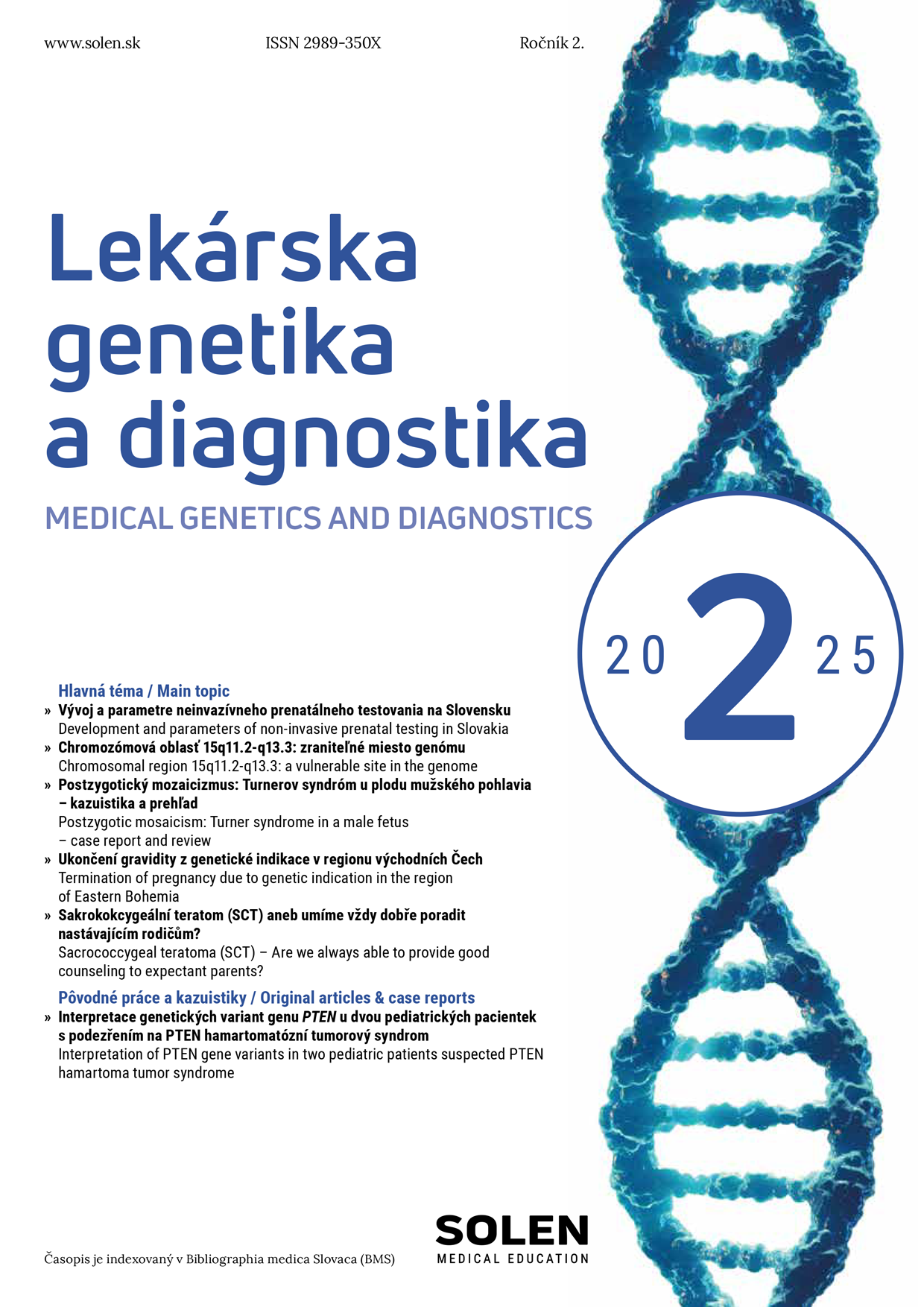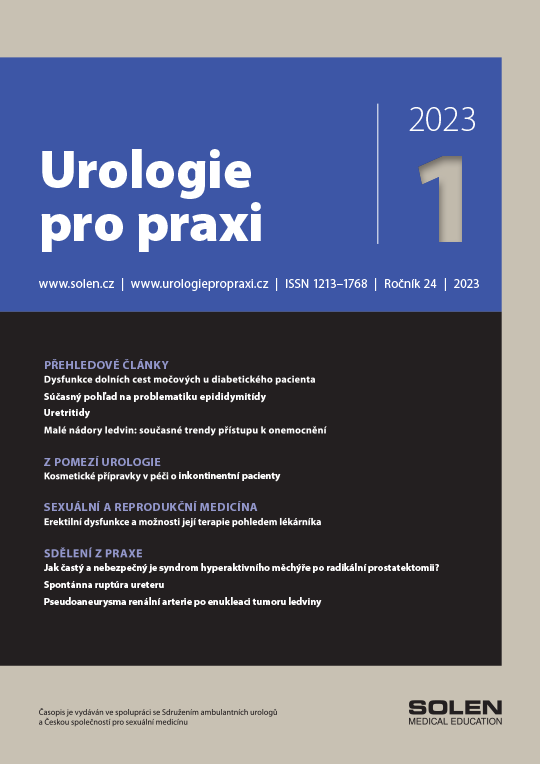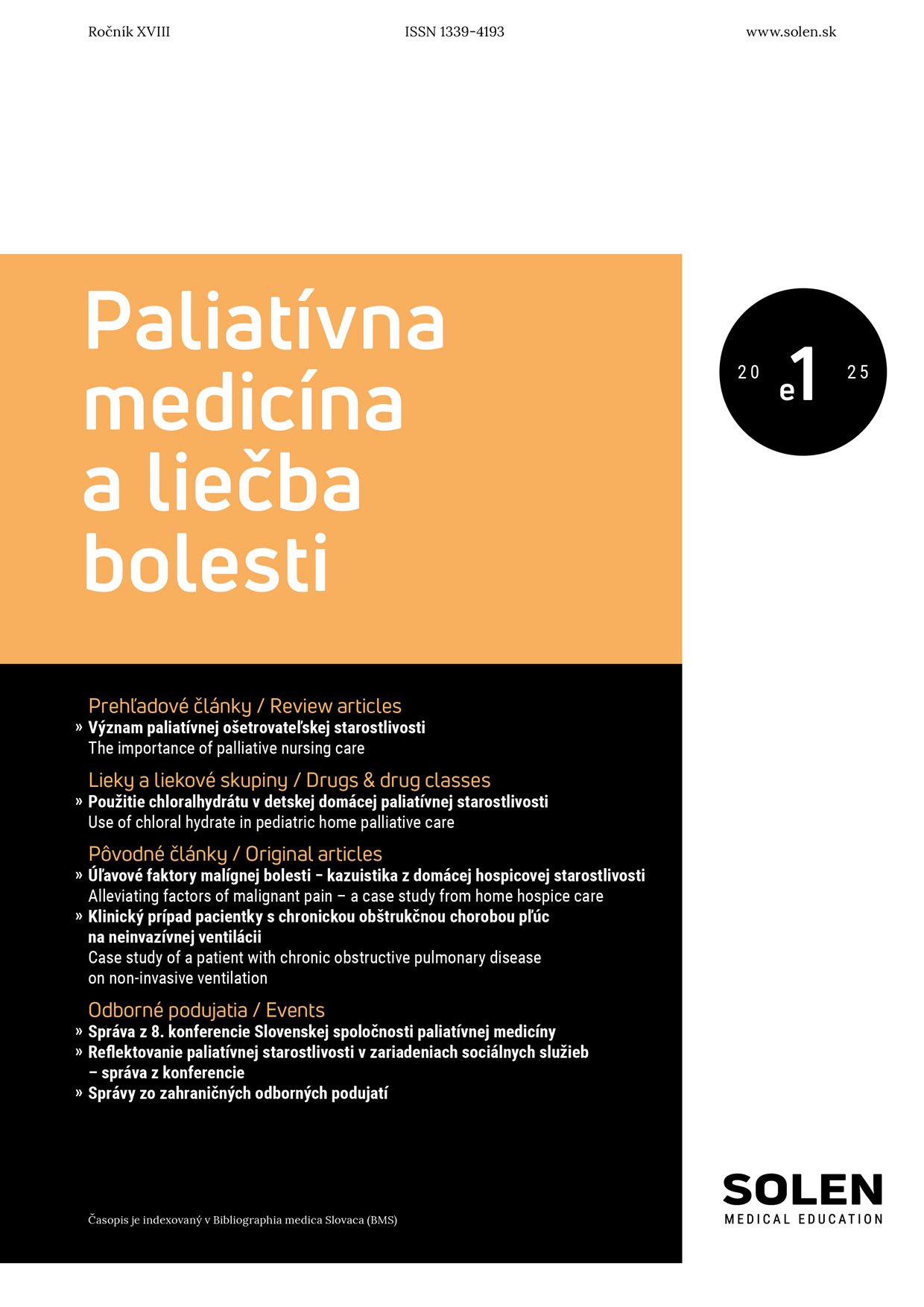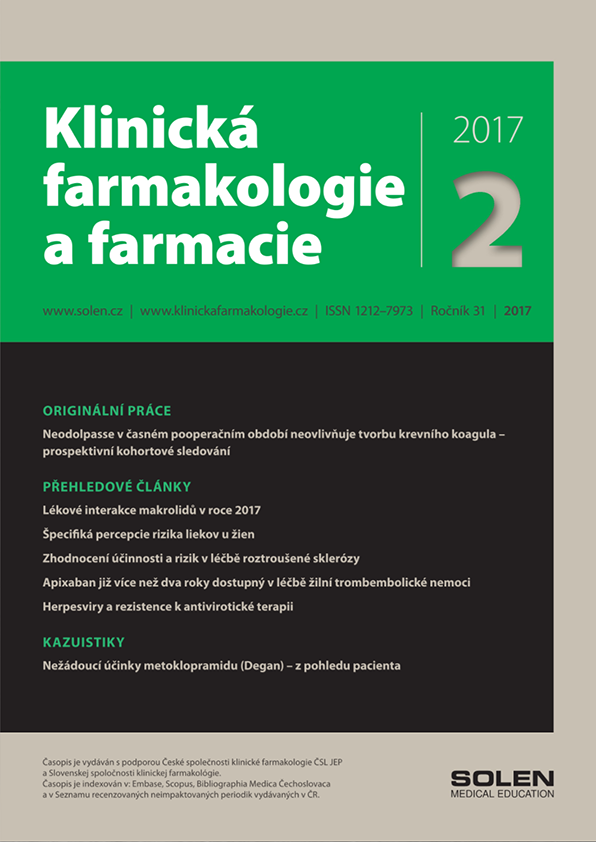Vaskulárna medicína 1/2025
Microplastics and nanoplastics as risk factors of cardiovascular diseases
The increasing trend towards the use of plastics is becoming a topic of concern and debate due to their impact on both the environment and human health. Microplastics and nanoplastics are detectable in air, water, food and cosmetic products and can enter the human body through inhalation, food and water consumption or transdermally. Once they get into the circulation, they can then accumulate in various human tissues and may represent risk factors for the development of cardiovascular diseases. Microplastics have been detected in the human body in sputum, lung, heart, liver, blood, endometrium, testis, amniotic fluid, placenta, breast milk, urine, stool, kidney and intestine. In tissues, they stimulate activation of immune processes, inflammatory processes, oxidative stress, endothelial dysfunction, alteration of autophagy and apoptosis, platelet aggregation and cellular senescence, which can lead to cardiovascular and metabolic alterations leading to disease and premature death. They accumulate in atherosclerotic plaques and other tissues of the cardiovascular system, including pericardium, myocardium, epicardial and pericardial adipose tissue. The presence of micro- and nanoplastics in atherosclerotic plaques is associated with a higher incidence of myocardial infarction, stroke and all-cause mortality. Microplastics were also detected in thrombectomy-derived thrombi in patients with ischemic stroke, myocardial infarction, and deep venous thrombosis, and higher microplastics concentrations were associated with a more severe course.
Keywords: microplastics, nanoplastics, thrombus, stroke, myocardial infarction, deep venous thrombosis


